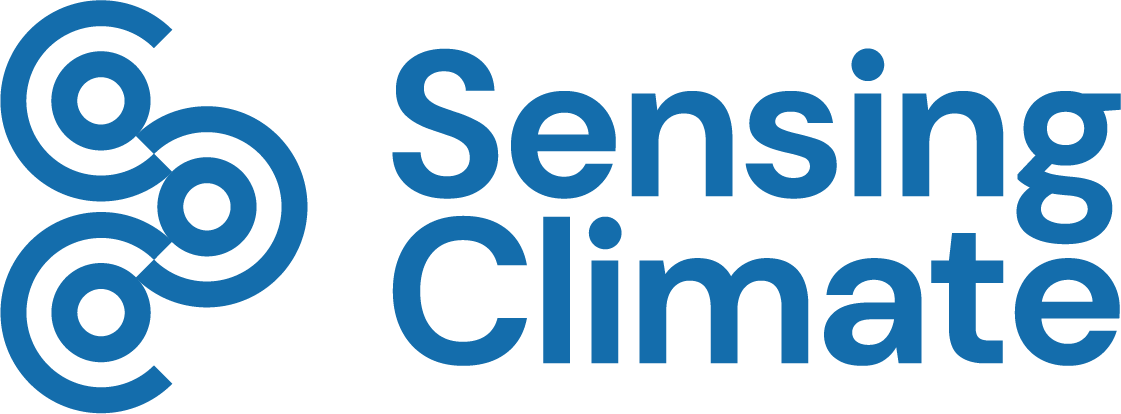Climate care in crip time
By Sarah Bell and Tanvir Bush
In any emergency, the one reaction we know we don’t want is panic. Panic leads to mistakes, to potential hurt, confusion and worse, it may conceivably aggravate the original issue. Therefore, when considering methods of engagement with climate change, could consideration of ‘crip time’ offer a safer, more care-full approach?
Expanding on this, we recently had a paper published in the International Journal of Disability and Social Justice. The paper is called ‘Beyond the single story of climate vulnerability: centring disabled people and their knowledges in ‘care-full’ climate action’.
In the paper, we reflect on the need to recognise disabled people as knowers, makers and agents of change in climate action. The paper aligns with some of the key messages identified in our first Sensing Climate mural in Bristol, calling for transformative climate action underpinned by values of solidarity and care. It also builds on discussions included in our earlier news piece around the need to challenge the tendency to blur varied experiences of disability and climate impacts into a single story of inevitable vulnerability.
In this news piece, we focus on a key discussion in the paper, which concerns the risks of framing climate change as a ‘crisis’ or ‘emergency’. While it is important to emphasise the severity and scale of accelerating climate risks, such frames – and associated fear-based messaging – can prioritise urgency of action over justice. As discussed in an excellent paper by researchers, Sylvia Nissen and Raven Cretney, a form of ‘panic activism’ can result, which can erode the time and attention required to develop responses underpinned by justice, care and solidarity.
The framing of climate change as an ‘emergency’ or ‘crisis’ also fails to learn from experiences of disability and care. Crisis frames tend to mobilise rapid initial emergency responses, for example after the onset of a particular illness or impairment. However, burnout often sets in after a few weeks or months of emergency care. As argued by scholar Puig de la Bellacasa (2017: 207), ‘a certain suspension of feelings of emergency, fear, and future projections… is required to focus on caring attention’. The temporal characteristics of crisis response therefore seem at odds with the enduring care and attention required to navigate and adapt to the prolonged crisis of climate change.
In our paper, we suggest that ‘crip time’ may offer an alternative to the linear notions of clock time that currently dominate crisis responses. Crip time is a concept developed in critical disability studies to explain the different ways in which time can be experienced by disabled, chronically ill and neurodivergent people. Crip time resists linear approaches to time that view it as a resource to be measured, discounted or exploited. It counters the push for productivity at any cost. It respects bodily – and, we argue, planetary – limits and creates new orientations to the past, present and future. As explained by scholar Ellen Samuels in 2017, crip time ‘requires us to break in our bodies and minds to new rhythms, new patterns of thinking and feeling and moving through the world’.
We suggest that crip time signposts new forms of climate action based on care, kinship and solidarity, holding flexible time and space for each other to develop collective climate responses; responses that affirm and respect the skills and knowledge developed through life in crip time. A book chapter published in 2023, written by scholar Stefania Barca and colleagues, highlights how disabled and queer people often ‘know how to build caring communities for mutual thriving in the face of multiple crises’, and how to re-imagine ‘climate resilience and flourishing lifeworlds by building anti-colonial, post-capitalist economies of repair and care’.
To work with crip time in this way, it is essential to create safe, enabling, care-full spaces for human exchange and connection within (and beyond) the context of climate action. These spaces need to challenge the idea that one’s life is less valuable or worthy when ground down by (often overlapping) systems of exclusion or oppression. They need to nurture what Sylvia Nissen and Raven Cretney describe as ‘crisis solidarities’. These are forms of solidarity that connect communities and individuals experiencing varied, yet often interlinked, forms of crisis and marginalisation to imagine alternative futures; futures in which – in the words of disability activist Patty Berne – all lives are worth fighting for, where ‘we can fight with love, we can fight with integrity, we can fight for each other’.
